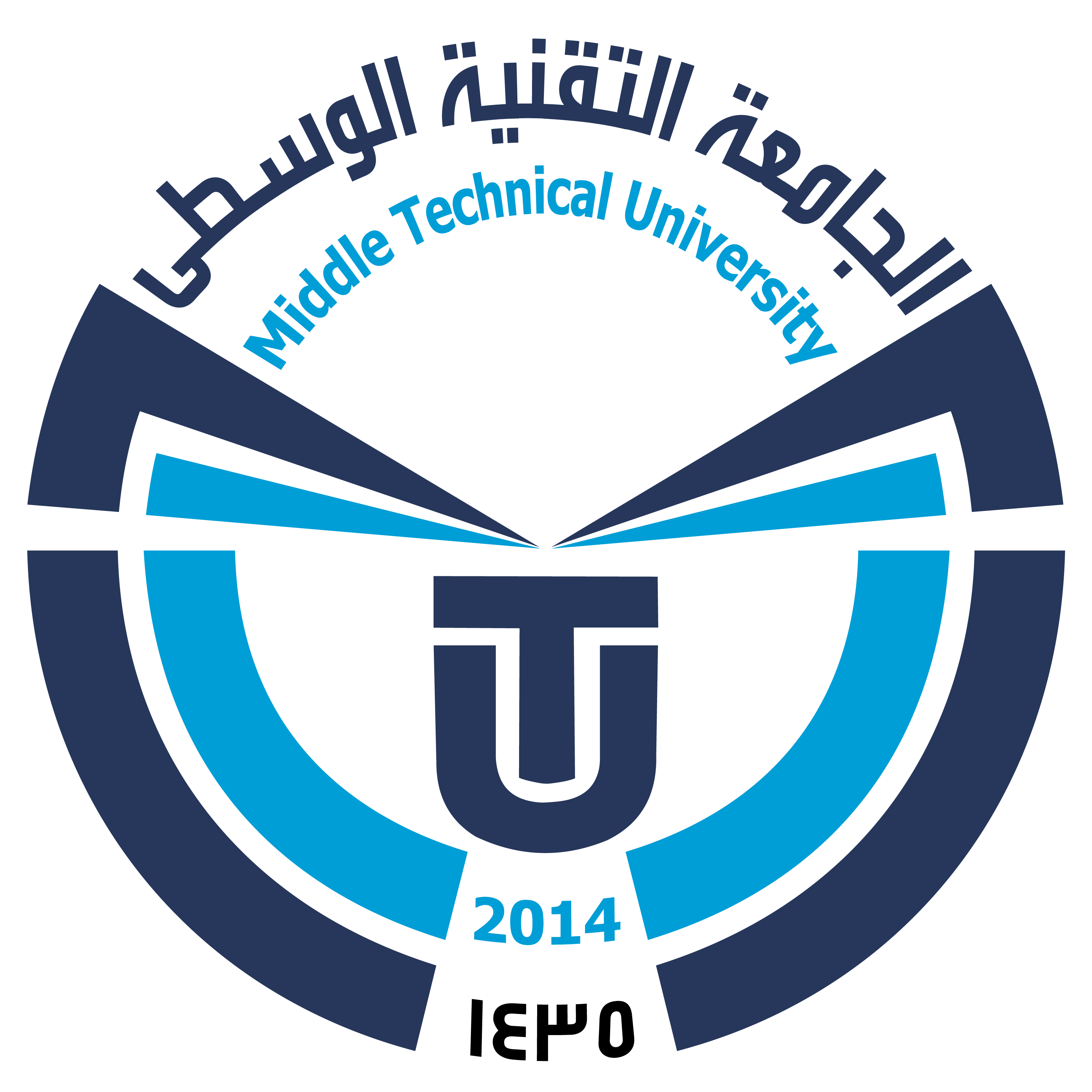Development and Assessment of Highly Sensitive, Economically Viable, and Environmentally Sustainable Fabric-Based Flexible Capacitive Pressure Sensors
DOI:
https://doi.org/10.51173/jt.v7i1.2626Keywords:
Capacitive Pressure Sensor, Flexible Pressure Sensor, Polyurethane, Silver Metalized Fabric, Robot SkinAbstract
Flexible capacitive pressure sensors offer unparalleled benefits—malleability, stability, simplicity, low power consumption, and minimal sensitivity to temperature fluctuations. Yet, their expensive materials, complex, and environmentally detrimental manufacturing processes impede their widespread adoption. This study unveils a cost-effective, simple, and environmentally sustainable method to fabricate highly sensitive flexible capacitive pressure sensors that outperform costly sensors manufactured using unsustainable materials. By sandwiching a flexible polyurethane (PU) sheet between two silver-metallized fabrics (SMF) and securing them with polyethylene adhesive tape (PAT), we have eliminated the need for expensive and specialized equipment and methods. Crafting sensors of varying dimensions is now as simple as cutting fabric and PU sheets with everyday tools. The key to the sensor's performance lies in the exceptional deformability of the PU layer under applied pressure, resulting in an impressive sensitivity of 0.377358 kPa⁻¹.This surpasses the sensitivity of existing non-eco-friendly and expensive sensors reported in the literature. Additionally, the sensor exhibits excellent pressure resolution and high repeatability. Our sensor accurately detects intricate human movements like palm bends and taps, showcasing its potential across diverse applications—from robotic skins to smart wearables and seamless human-computer interactions. With a production cost as low as 0.34 USD per sensor —significantly lower than the costs of sensors reported in the literature—this study signals a significant advancement in flexible sensor technology, combining affordability, simplicity and sustainability with exceptional performance.
Downloads
References
Y.-L. Tai and Z.-G. Yang, “Flexible pressure sensing film based on ultra-sensitive SWCNT/PDMS spheres for monitoring human pulse signals,” J. Mater. Chem. B, vol. 3, no. 27, pp. 5436–5441, 2015, doi: 10.1039/c5tb00653h.
A. Kumar, “Flexible and wearable capacitive pressure sensor for blood pressure monitoring,” Sens. Bio-Sens. Res., vol. 33, Aug. 2021, Art. no. 100434, doi: 10.1016/j.sbsr.2021.100434.
Y. Peng, N. Yang, Q. Xu, Y. Dai, and Z. Wang, “Recent advances in flexible tactile sensors for intelligent systems,” Sensors, vol. 21, no. 16, p. 5392, Aug. 2021, doi: 10.3390/s21165392.
R. Li et al., “Research progress of flexible capacitive pressure sensor for sensitivity enhancement approaches,” Sens. Actuators A, Phys., vol. 321, Apr. 2021, Art. no. 112425, doi: 10.1016/j.sna.2020.112425.
S. Li, K. Dong, R. Li, X. Huang, T. Chen, and X. Xiao, “Capacitive pressure sensor inlaid a porous dielectric layer of super elastic polydimethylsiloxane in conductive fabrics for detection of human motions,” Sens. Actuators A, Phys., vol. 312, Sep. 2020, Art. no. 112106, doi: 10.1016/j.sna.2020.112106.
W. Asghar et al., “Piezo capacitive flexible E-skin pressure sensors having magnetically grown microstructures,” Adv. Mater. Tech- nol., vol. 5, no. 2, Feb. 2020, Art. no. 1900934, doi: 10.1002/admt.201900934.
Y. Kim, H. Yang, and J. H. Oh, “Simple fabrication of highly sensitive capacitive pressure sensors using a porous dielectric layer with cone- shaped patterns,” Mater. Des., vol. 197, Jan. 2021, Art. no. 109203, doi: 10.1016/j.matdes.2020.109203.
S. C. Mannsfeld et al., “Highly sensitive flexible pressure sensors with micro structured rubber dielectric layers,” Nature Mater., vol. 9, no. 10, pp. 859–864, Oct. 2010, doi: 10.1038/nmat2834.
M.-F. Lin, C. Cheng, C.-C. Yang, W.-T. Hsiao, and C.-R. Yang, “A wearable and highly sensitive capacitive pressure sensor integrated a dual-layer dielectric layer of PDMS microcylinder array and PVDF elec-trospun fiber,” Organic Electron., vol. 98, Nov. 2021, Art. no. 106290, doi: 10.1016/j.orgel.2021.106290.
X. He et al., “Microstructured capacitive sensor with broad detection range and long-term stability for human activity detection,” npj Flexible Electron., vol. 5, no. 1, pp. 1–9, Dec. 2021, doi: 10.1038/s41528-021-00114-y.
P. Zhang, J. Zhang, Y. Li, and L. Huang, “Flexible and high sensitive capacitive pressure sensor with micro structured electrode inspired by ginkgo leaf,” J. Phys. D, Appl. Phys., vol. 54, no. 46, Nov. 2021, Art. no. 465401, doi: 10.1088/1361-6463/ac1ddc.
Z. Luo et al., “Flexible capacitive pressure sensor based on an embedded-rib fabric with a bionic sloping petal structure,” IEEE Sensors J.,vol. 21, no. 18, pp. 20119–20128, Sep. 2021, doi: 10.1109/JSEN.2021.3097349.
P. Zhao et al., “Shape-designable and reconfigurable all-paper sensor through the sandwich architecture for pressure/proximity detection,” ACS Appl. Mater. Interfaces, vol. 13, no. 41, pp. 49085–49095, Oct. 2021, doi: 10.1021/acsami.1c14523.
Z. Liu, Z. Yin, J. Wang, and Q. Zheng, “Polyelectrolyte dielectrics for flexible low-voltage organic thin-film transistors in highly sensitive pressure sensing,” Adv. Funct. Mater., vol. 29, no. 1, Jan. 2019, Art. no. 1806092, doi: 10.1002/adfm.201806092.
R. Li, K. Dong, M. Panahi-Sarmad, S. Li, and X. Xiao, “Three- dimensional printing of a flexible capacitive pressure sensor array in the assembly network of carbon fiber electrodes and interlayer of a porous polyurethane dielectric,” ACS Appl. Electron. Mater., vol. 3, no. 9, pp. 3999–4008, Sep. 2021, doi: 10.1021/acsaelm.1c00534.
B. Ji, Q. Zhou, B. Hu, J. Zhong, J. Zhou, and B. Zhou, “Bio-inspired hybrid dielectric for capacitive and triboelectric tactile sensors with high sensitivity and ultrawide linearity range,” Adv. Mater., vol. 33, no. 27, Jul. 2021, Art. no. 2100859, doi: 10.1002/adma.202100859.
N. Bai et al., “Graded intrafillable architecture-based iontronic pressure sensor with ultra-broad-range high sensitivity,” Nature Commun., vol. 11, no. 1, p. 209, Jan. 2020, doi: 10.1038/s41467-019-14054-9.
S. Sharma et al., “Hydrogen-bond-triggered hybrid nanofibrous membrane-based wearable pressure sensor with ultrahigh sensitivity over a broad pressure range,” ACS Nano, vol. 15, no. 3, pp. 4380–4393, Mar. 2021, doi: 10.1021/acsnano.0c07847.
Y. Luo et al., “Flexible capacitive pressure sensor enhanced by tilted micropillar arrays,” ACS Appl. Mater. Interfaces, vol. 11, no. 19, pp. 17796–17803, May 2019, doi: 10.1021/acsami.9b03718.
Y. Wan et al., “A highly sensitive flexible capacitive tactile sensor with sparse and high-aspect-ratio microstructures,” Adv. Sci., vol. 4, no. 4, 2018, Art. no. 1700586, doi: 10.1002/aelm.201700586.
C. Mahata, H. Algadi, J. Lee, S. Kim, and T. Lee, “Biomimetic- inspired micro-nano hierarchical structures for capacitive pressure sensor applications,” Measurement, vol. 151, Feb. 2020, Art. no. 107095, doi: 10.1016/j.measurement.2019.107095.
Q. Hua et al., “Skin-inspired highly stretchable and conformable matrix networks for multifunctional sensing,” Nature Commun., vol. 9, no. 1, p. 244, 2018, doi: 10.1038/s41467-017-02685-9.
H. Shi et al., “Screen-printed soft capacitive sensors for spatial mapping of both positive and negative pressures,” Adv. Funct. Mater., vol. 29, no. 23, Jun. 2019, Art. no. 1903020, doi: 10.1002/adfm.201903020.
Cao, R. Li, M. Panahi-Sarmad, T. Chen, and X. Xiao, “A Flexible and Highly Sensitive Capacitive Pressure Sensor with Micro structured Dielectric TPU Layer Based on Mesh Fabric as Template,” IEEE Sensors Journal, vol. 22, no. 21, pp. 20276–20284, Nov. 2022, doi: https://doi.org/10.1109/jsen.2022.3207005.

Downloads
Published
How to Cite
Issue
Section
License
Copyright (c) 2025 Subrata Pandey, Soumitra Kumar Mandal

This work is licensed under a Creative Commons Attribution 4.0 International License.
















